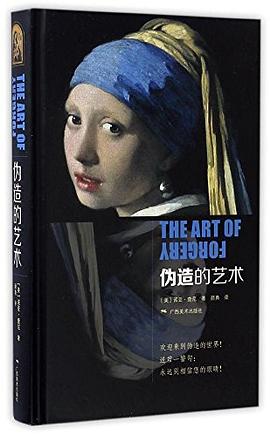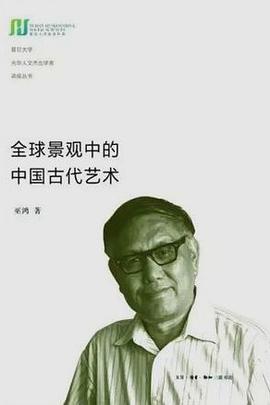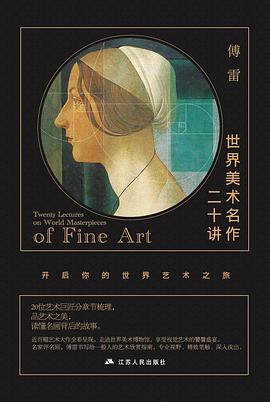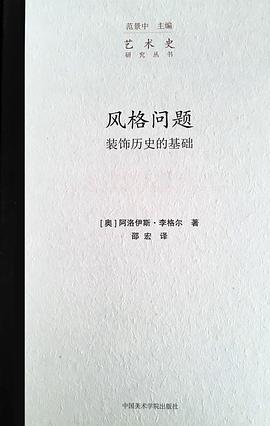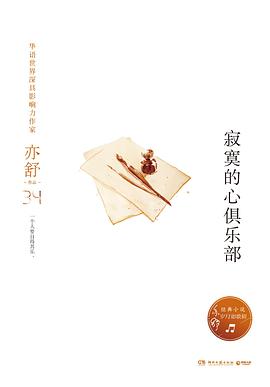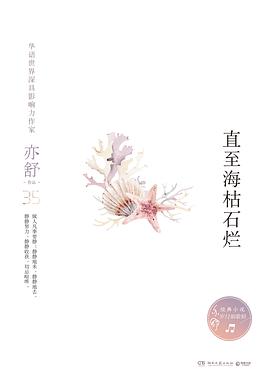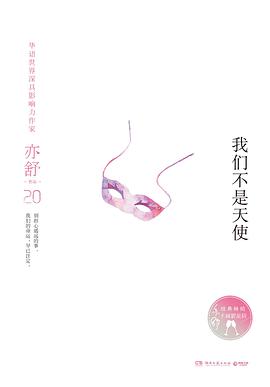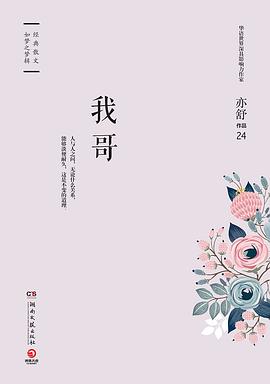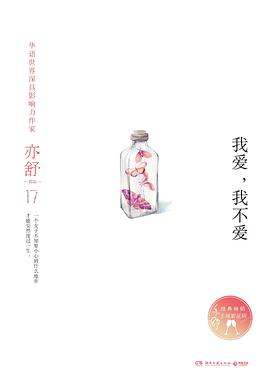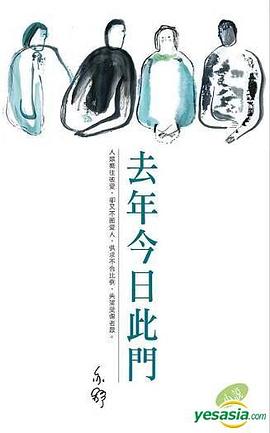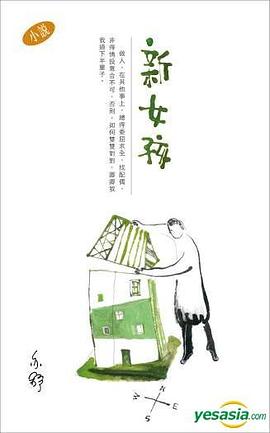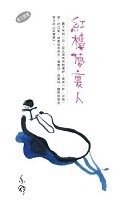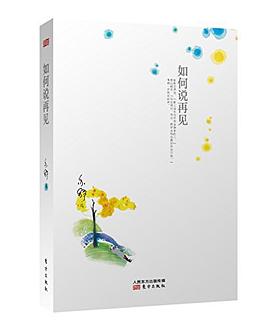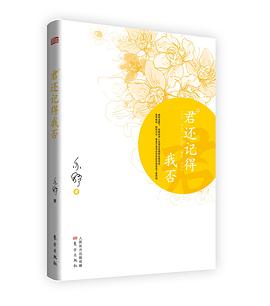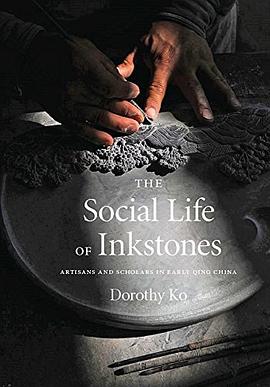

具体描述
Dorothy Ko (Chinese 高彦頤) is a Professor of History and Women's Studies at the Barnard College of Columbia University. She is a historian of early modern China, known for her multi-disciplinary and multi-dimensional research. As a historian of early modern China, she has endeavored to engage with the field of modern China studies; as a China scholar, she has always positioned herself within the study of women and gender and applied feminist approaches in her work; as a historian, she has ventured across disciplinary boundaries, into fields that include literature, visual and material culture, science and technology, as well as studies of fashion, the body and sexuality.
An inkstone, a piece of polished stone no bigger than an outstretched hand, is an instrument for grinding ink, a collectible object of art, a token of exchange between friends or sovereign states, and an inscriptional surface on which texts and images are carved and reproduced. As such the inkstone is entangled with the production of elite masculinity and the culture of wen (culture, literature, civility) in China, Korea, and Japan for over a millennium. Curiously, this ubiquitous object in East Asia is virtually unknown in Europe and America.
The Social Life of Inkstones introduces its hidden history and cultural significance to scholars and collectors and in so doing, writes the stonecutters and artisans into history. Each of the five chapters is set in a specific place in disparate parts of the empire: the imperial workshops in the Forbidden City, the Duan quarries in Guangdong, inkstonecarving workshops in Suzhou and elsewhere in the south, and collectors’ homes in Fujian. Taken together, they trace the trajectories of the inkstone between court and society, and through the course of its entire social life. In bringing to life the people involved in making, using, collecting, and writing about the inkstone, this study shows the powerful emotional and technical investments that such a small object engendered.
This first book-length study of inkstones focuses on a group of inkstone carvers and collectors, highlighting the work of Gu Erniang, a woman transitioned the artistry of inkstone-making to modernity between the 1680s and 1730s. The sophistication of these artisans and the craft practice of the scholars associated with them announced a new social order in which the age-old hierarchy of head over hand no longer predominated.
用户评价
##纸张问题,看书太晃眼,不是一次美好的读书体验;作者在名噪天下以后的著作,虽时有洞见,但是一本书塞进去太多的arguments, 从material empire 到scholar status再到gender..
评分##作者在琢砚名家顾二娘——一位身世莫名却流芳后世的传奇女子的引导下,进入中国传统书写工具砚台的研究领域,倾十余年之力,利用传世文献/文物分析和田野调查,通过北京紫禁城、肇庆黄岗村、苏州专诸巷、福州光禄坊等多场景转化,生动地勾勒出一方砚台从选料、琢制、题铭、流传...
评分##这本书的最具启发的不在于“士人(式)工匠”和“士人(式)学者”在认知论层面上的冲突和竞争或其隐约指向的清代思想史转型,而是通过在本体论层面上将“知识”作为一个分析类别批判性地解/构,历史学家得以借由新的认知论——无论是历史的还是当代的——回应一些已经被规范化的“传统”史学问题,其中自然包括如何处理书中征引的零碎史料。当然这些事人类学家早都说过了……至于书本身,不是教职书的写法或曰心态,很难不写得舒缓从容。
评分##我认为此书最引人入胜之处是作者提出的"craft of wen" 这个概念。它是指一种episteme将theories, writings阐释为practices. 也就是说,"craft of wen"成为一种总体知识的观念,其中包容了各种知识的形式。而这个episteme十分powerful的一点是它不仅具有power的implication,同时还实现了作者对dualism以及对不同知识之间的hierarchical结构的解构。作者在最后十分大胆的设想,将这样episteme的形式和十八世纪后半叶的艾尔曼所说的“从理学到朴学”的考据学转型的联系的可能性假设性地提出而作为此书向未来的指示。这样的问题,似乎还是需要更厚实的研究和视角,一个砚台毕竟还是有其局限。
评分 评分##中文版怎么能这么贵!
评分 评分##这本书的最具启发的不在于“士人(式)工匠”和“士人(式)学者”在认知论层面上的冲突和竞争或其隐约指向的清代思想史转型,而是通过在本体论层面上将“知识”作为一个分析类别批判性地解/构,历史学家得以借由新的认知论——无论是历史的还是当代的——回应一些已经被规范化的“传统”史学问题,其中自然包括如何处理书中征引的零碎史料。当然这些事人类学家早都说过了……至于书本身,不是教职书的写法或曰心态,很难不写得舒缓从容。
相关图书
本站所有内容均为互联网搜索引擎提供的公开搜索信息,本站不存储任何数据与内容,任何内容与数据均与本站无关,如有需要请联系相关搜索引擎包括但不限于百度,google,bing,sogou 等
© 2025 book.qciss.net All Rights Reserved. 图书大百科 版权所有



